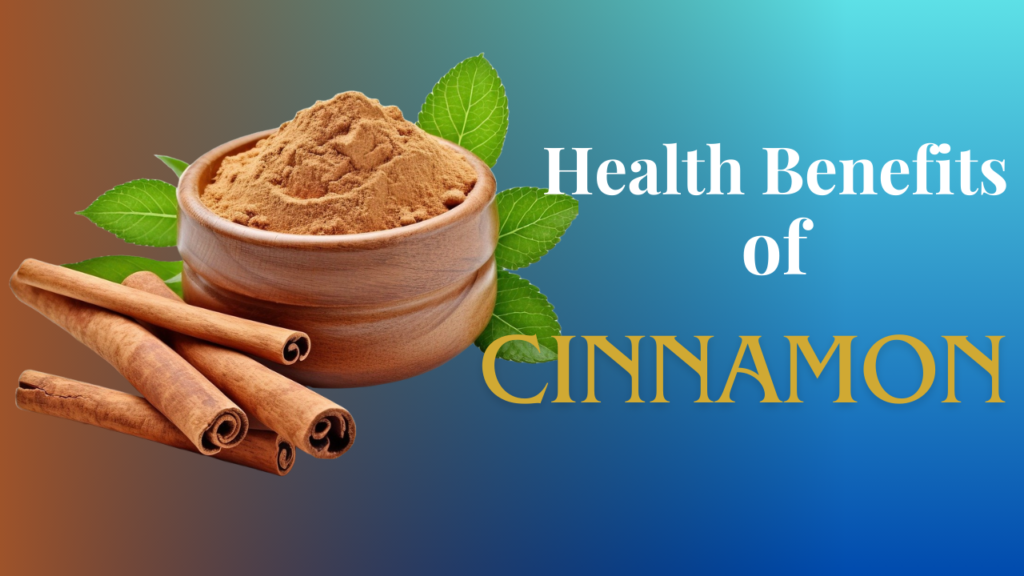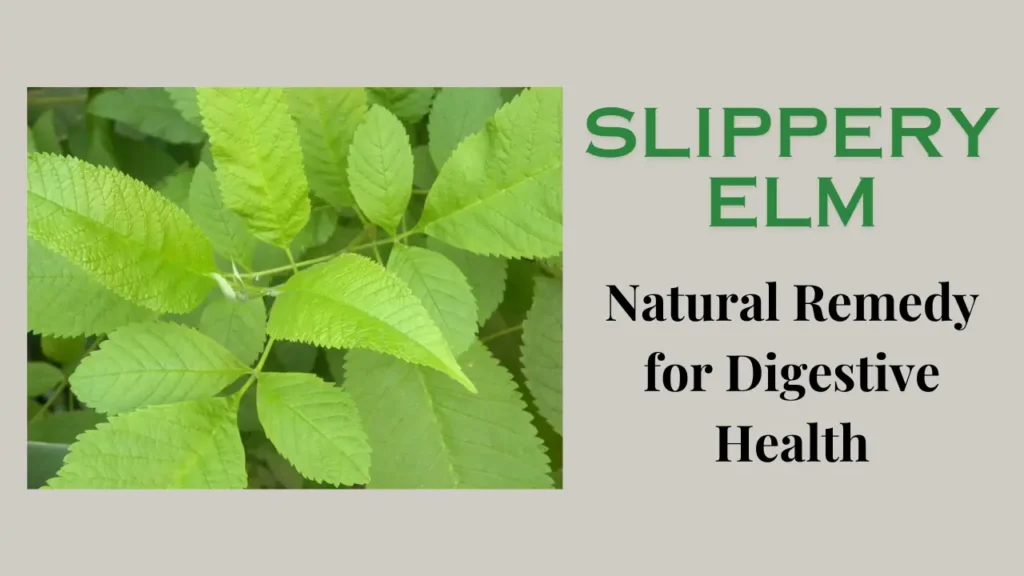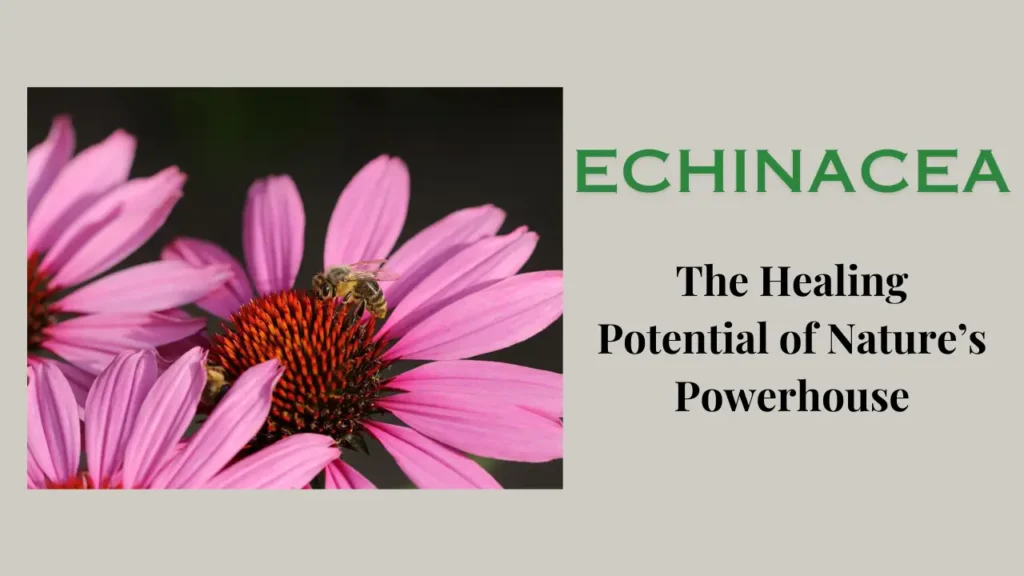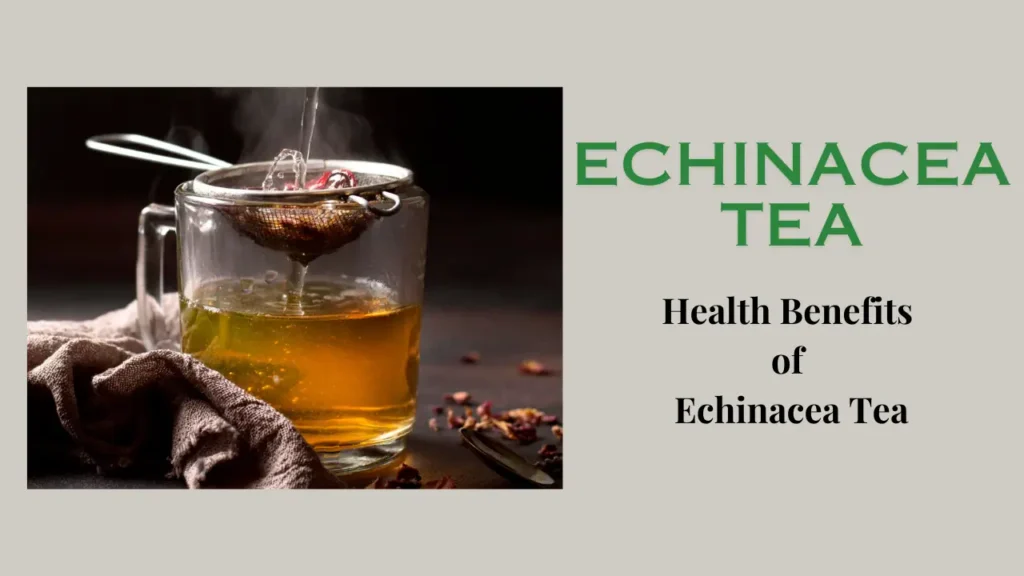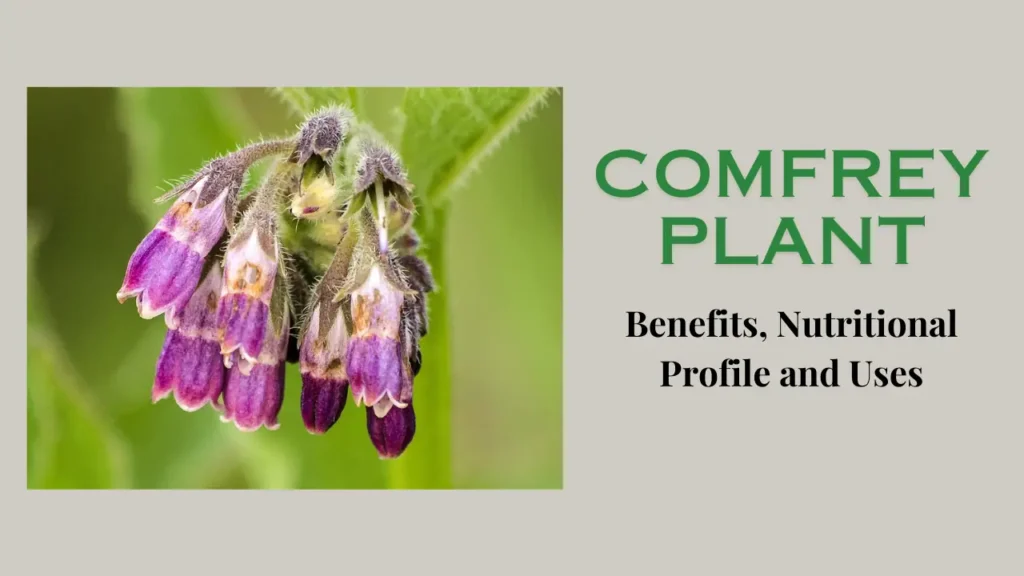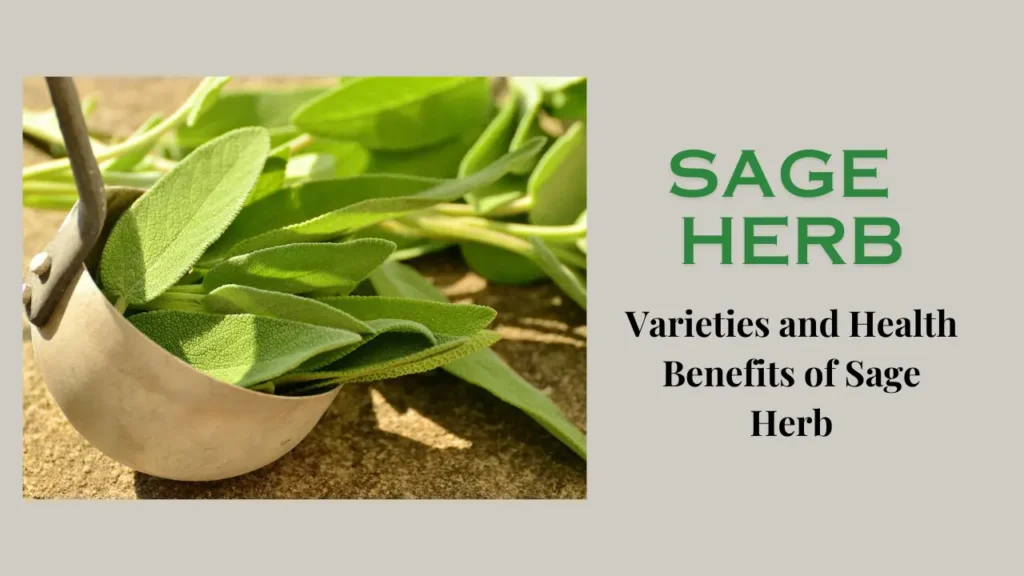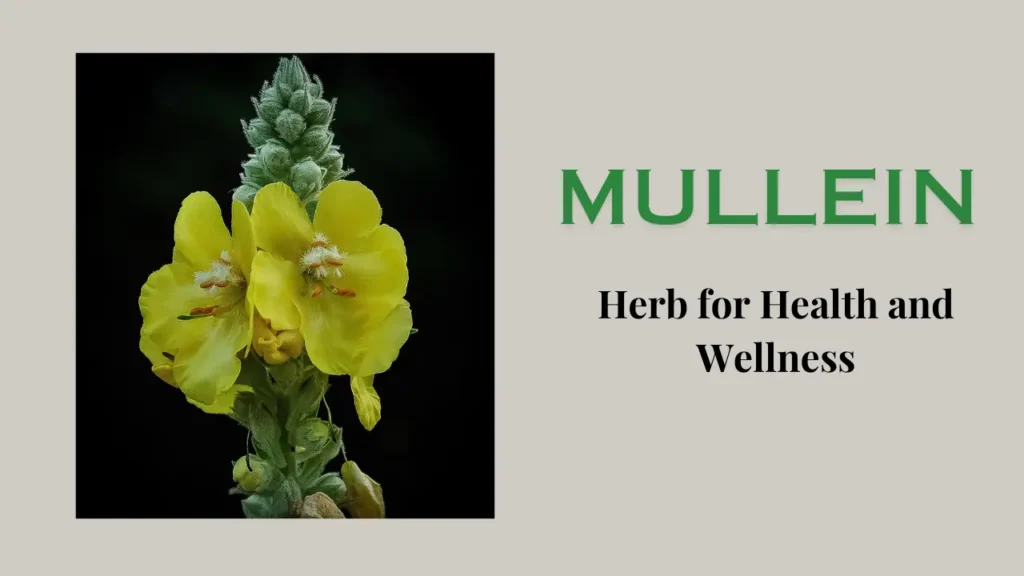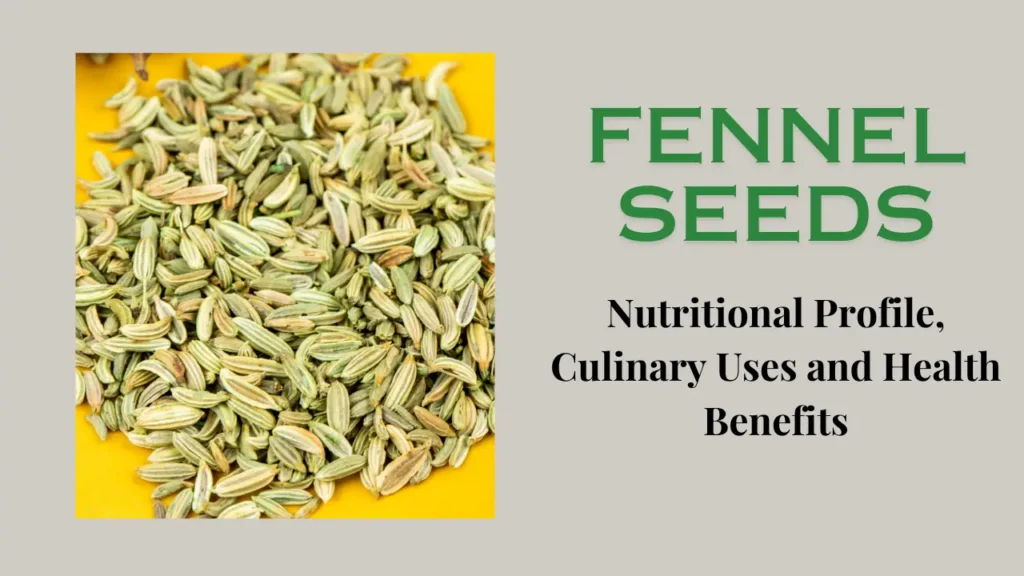Peppermint is a perennial herb known for its refreshing aroma and invigorating taste. It holds a special place in the field of natural remedies and culinary recipes. With its distinctive aroma and medicinal properties, it has been enchanting the senses for centuries and providing numerous health benefits. In this comprehensive article, we will learn about its origins and explore its health benefits.
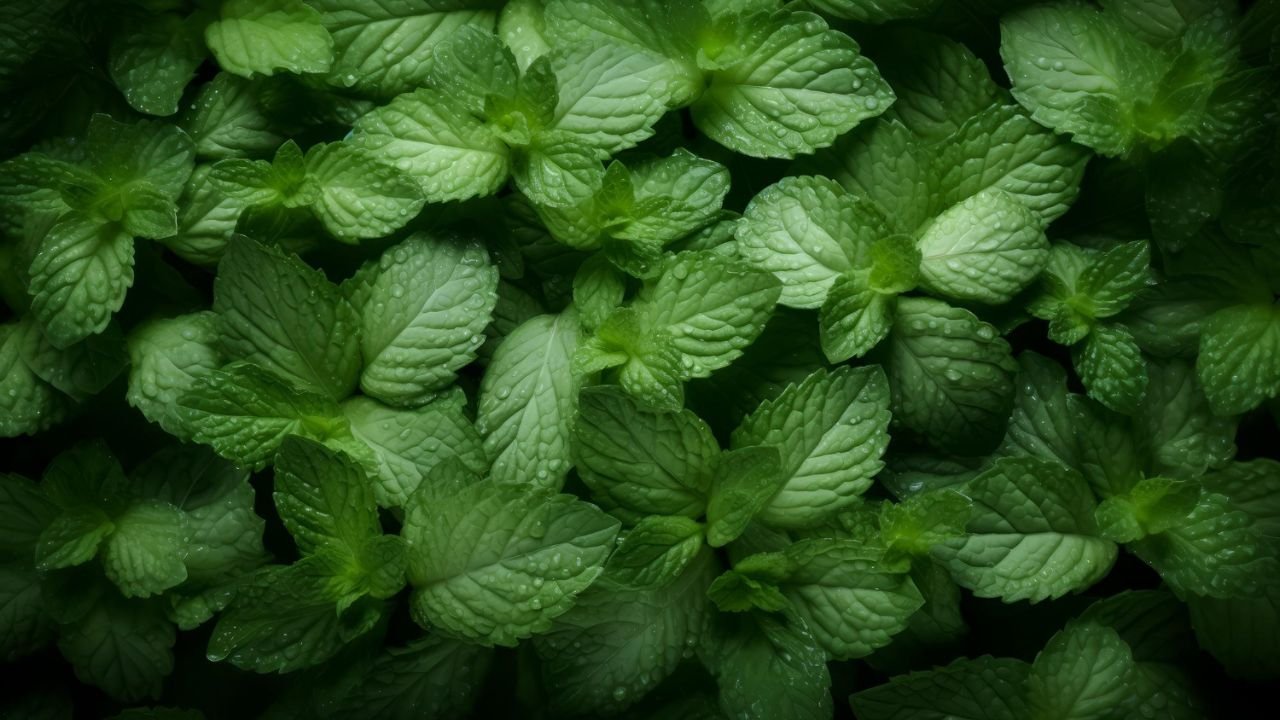
Origins and Characteristics of Peppermint
Peppermint, scientifically known as Mentha × piperita. It is a hybrid plant that belongs to the mint family, Lamiaceae. It is a perennial herb that grows best in cool, moist environments. It is widely cultivated for its aromatic leaves and essential oil. Its plants typically have square stems, lance-shaped leaves with serrated edges, and clusters of small purple flowers.
Historical background and traditional uses
Peppermint has a rich history dating back thousands of years. It is believed to have originated in the Mediterranean region and is used for its medicinal properties in various cultures around the world. The ancient Egyptians, Greeks, and Romans used it for its soothing effect on the digestive system and ability to freshen breath.
Key features and variations
- Mentha × piperita: This is the most common and widely cultivated species of peppermint. It has a high menthol concentration, giving it a cool and refreshing flavor.
- Mentha spicata: Also known as spearmint, this species has a milder taste compared to mint. It is often used in culinary applications, such as teas, beverages, and desserts.
- Mentha suaveolens: Commonly known as apple mint, this variety has a fruity aroma and a slightly sweeter taste than peppermint. It is often used in herbal infusions and culinary preparations.
Health Benefits of Peppermint
A. Digestive Health
1. Relieving Digestive Discomfort
- It has soothing properties that help reduce indigestion, bloating, and gas.
- It is known to provide relief from symptoms associated with irritable bowel syndrome (IBS) such as abdominal pain and cramps. It is also effective in dealing with nausea and motion sickness.
2. Promoting Healthy Digestion
- Mint stimulates the flow of bile, which aids in the digestion of fats. It helps improve the absorption of nutrients in the digestive tract.
- Peppermint enhances gastrointestinal motility, promoting regular bowel movements.
B. Respiratory Health
Clearing Congestion and Support Respiratory Function
- Mint has decongestant properties that help provide relief from nasal congestion and sinusitis.
- It provides relief from allergy and hay fever symptoms, such as sneezing and itching in the eyes.
- It helps address respiratory infections and soothe coughs.
- This relaxing effect on the bronchial muscles promotes ease of breathing.
- It also helps manage the symptoms of asthma and reduce wheezing and breathlessness.
- Peppermint provides relief from irritation and sore throat and soothes respiratory problems.
C. Cognitive Performance and Mental Well-being
- Peppermint has been found to enhance cognitive performance, including focus, concentration, and memory.
- It supports mental clarity and alertness, which is beneficial for studying or working.
- Peppermint reduces mental fatigue and stress-related symptoms and enhances overall cognitive function.
- Its aroma has a calming and soothing effect on the mind. Which helps in reducing anxiety and promoting relaxation.
- It has been shown to have positive effects on symptoms of depression and mood disorders.
D. Oral Health
Freshening Breath and Addressing Oral Health Issues
- Mint is used as a natural breath freshener due to its refreshing aroma and antibacterial properties.
- It promotes healthy gums by reducing inflammation and preventing gum disease.
- It fights oral bacteria, reducing the risk of plaque formation and tooth decay. It can also provide temporary relief from toothache and mouth ulcers.
- The antimicrobial properties of mint help in treating oral infections.
Read Also: Licorice
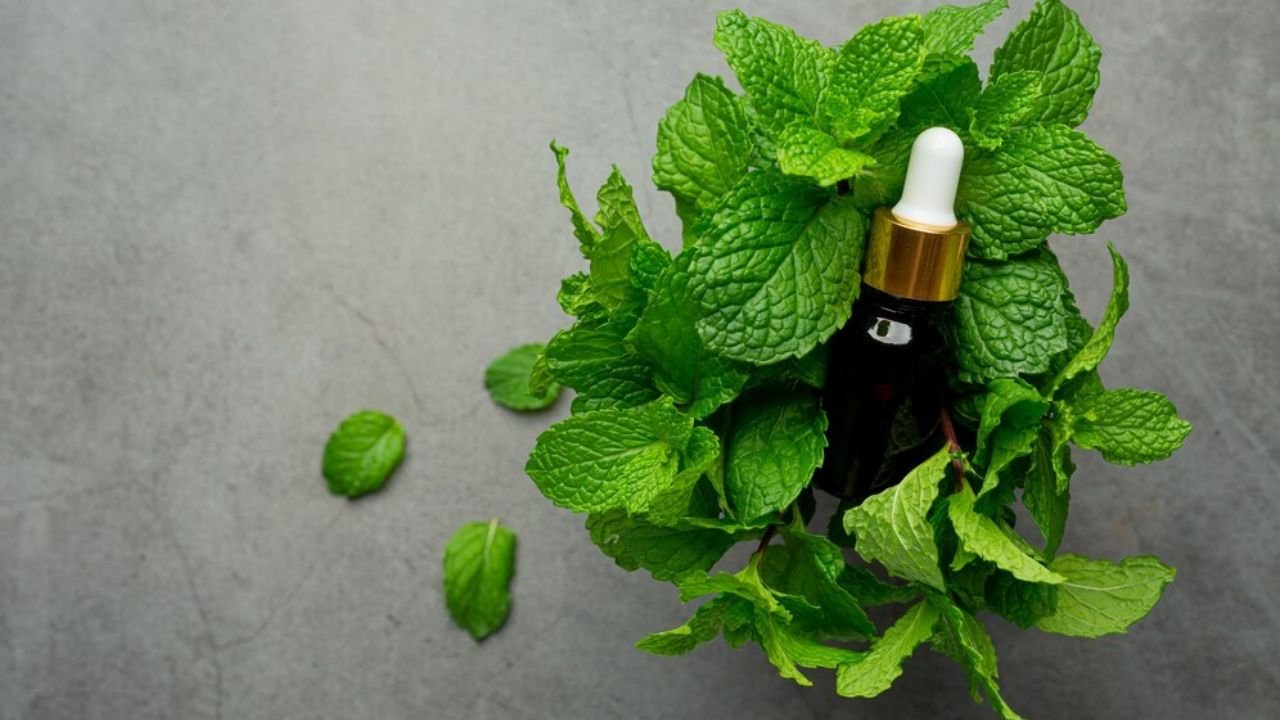
Culinary Uses and Sensory Delights
A. The Culinary Appeal of Peppermint
1. Enhancing Flavors
- Mint is a versatile ingredient that adds freshness to both sweet and savory dishes.
- Its cool and mint flavor pairs well with chocolate and other sweets.
- It adds a captivating aroma and flavor to many beverages and cocktails.
2. Popular Culinary Applications
- It is commonly used to prepare soothing and invigorating peppermint teas and extracts.
- It is also available as a peppermint extract and flavor enhancer, which enhances the flavor of baked goods and desserts.
- Mint is a popular choice for adding mint flavor to ice cream, candy, and other confectionery.
B. In Traditional Cuisine
Culinary combinations and international dishes of Peppermint
- Mint is used in Mediterranean cuisine, where it is used in salads, sauces, and herbal mixtures.
- It is a key ingredient in various Asian and Middle Eastern dishes, providing a refreshing and aromatic touch.
- Peppermint’s versatility extends to desserts and traditional beverages around the world, including mint juleps and mint tea.
- Mixing it with fruits and berries creates a combination of freshness and taste. Apart from this, adding it to salads and dressings adds a different taste to traditional dishes.
- Peppermint-infused oils, vinegar, and sauces enhance the flavor of a variety of dishes.
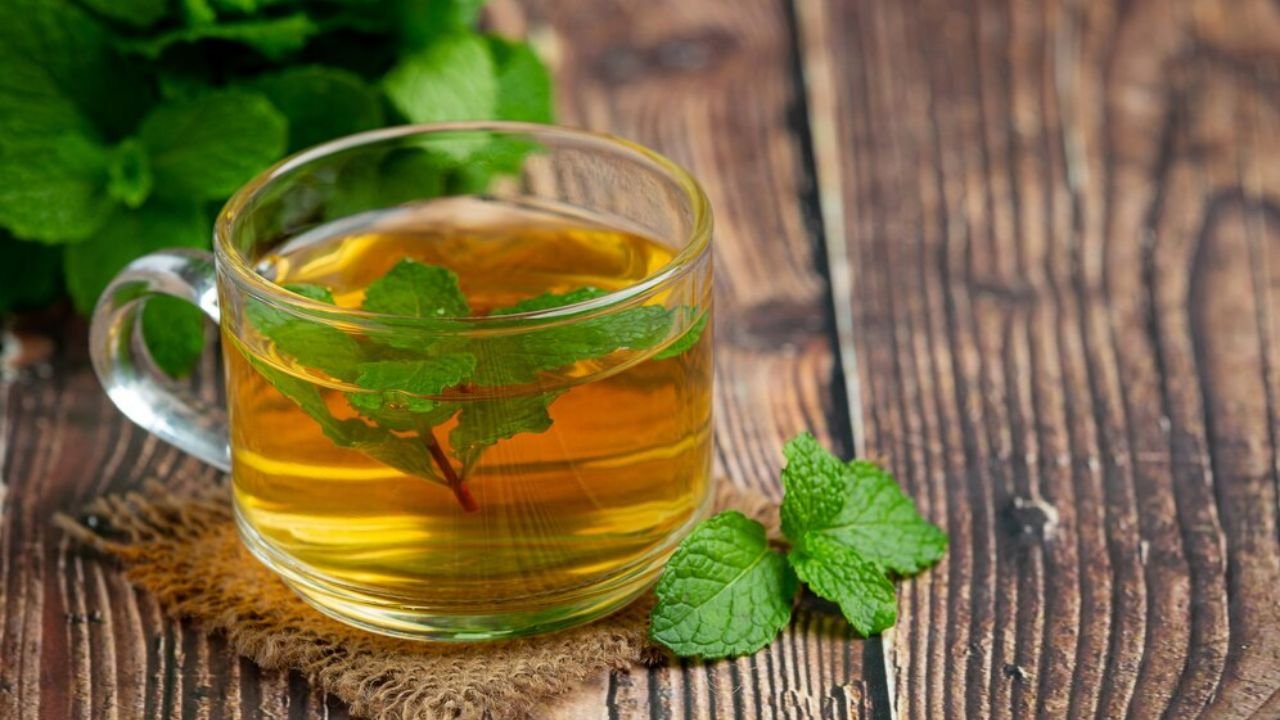
Tips for Growing and Using Peppermint at Home
A. Growing Peppermint
- Mint thrives in well-drained soil and prefers a partially sunny location.
- Providing adequate water and ensuring proper drainage is essential to prevent root rot.
- Container gardening offers flexibility, while outdoor planting allows natural spread.
- Its regular pruning and harvesting keeps the plant healthy which helps in growth.
- It is important to monitor for pests such as aphids or spider mites and address common problems such as powdery mildew.
B. Incorporating Peppermint into Daily Life
1. Simple Home Remedies and DIY
- Making homemade peppermint essential oil and balm allows for personalized natural remedies.
- Peppermint-infused natural cleaning solutions provide a refreshing scent and antimicrobial properties.
- Peppermint sachets and air fresheners add a pleasant aroma to living spaces.
2. Cooking Tips and Recipes
- Use a little mint in refreshing summer drinks and mocktails.
- Find mint-inspired sweets and treats, like mint chocolate chip ice cream or mint brownies.
- It can be used in dishes like salads, dressings, and marinades for a unique taste.
Conclusion
Peppermint originated centuries ago and is used even today. It offers many benefits, from promoting digestive and respiratory health to enhancing cognitive function and oral health. Its culinary appeal and ability to enhance flavor and aroma make it a delightful addition to various dishes and beverages. Whether you grow mint at home or incorporate it into your daily life through home remedies or cooking, this herb provides a refreshing and invigorating experience.
Remember, before starting any new wellness regimen, it’s always best to consult with a healthcare professional to ensure it is suitable for your specific needs and circumstances.

